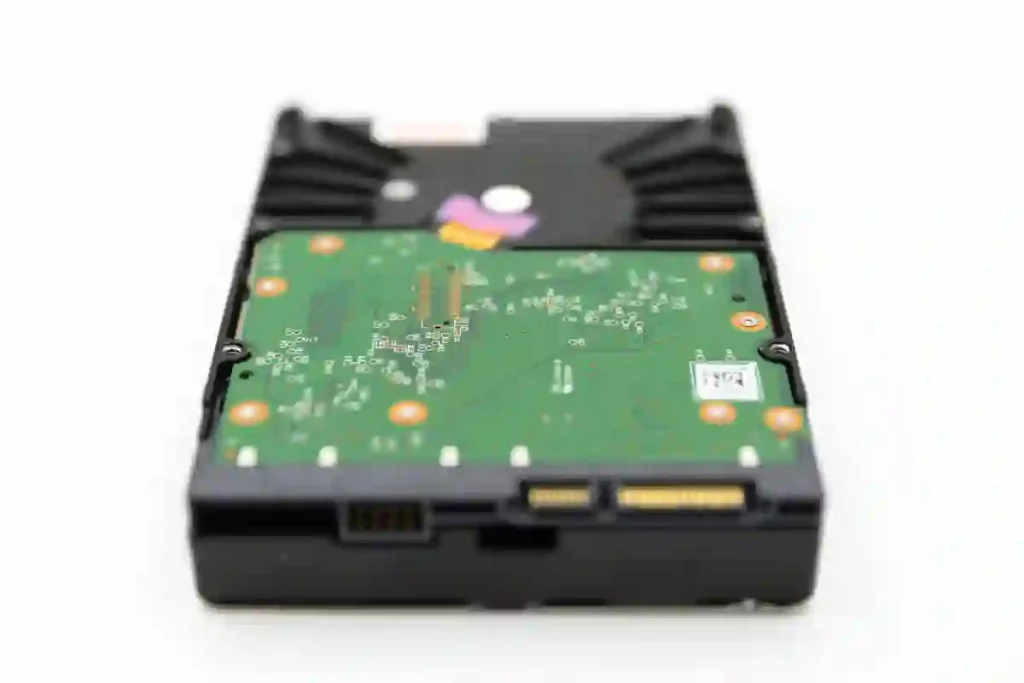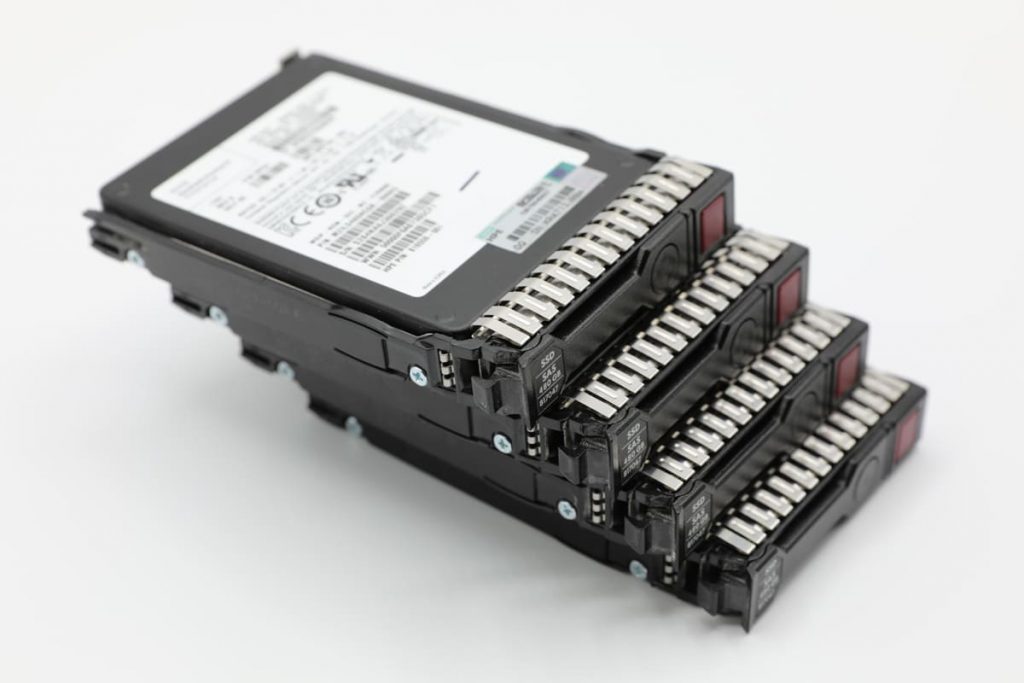A Redundant Array of Independent Disks is a system used for data storage by individuals and businesses of all sizes. RAIDs provide high storage capacity, as they use more than one hard drive for processing the data. There are different levels of RAIDs designed to meet various needs and purposes of the users.
Due to RAID’s redundancy, many users think they are error-proof. In addition, some use this device as their backup system. However, as with any device, RAID arrays are susceptible to failures and data loss.
Power Surge or Outage
Power Surge and Outages are unexpected issues that can cause data loss and failure on RAID. Power surges often lead to RAID controller malfunction.
The controller manages all hard drives in the RAID array. Thus, if it fails, users will be unable to access the data on the drives. When this kind of failure occurs, the device’s performance significantly decreases, making the failure noticeable.
Many users try to restore the system themselves. However, it will only worsen the situation leading to complete data loss. Do not risk your valuable data using DIY recovery tools. Instead, entrust your case to professionals.
Natural Disasters
The infrastructure of the RAID makes this device sensitive to failures. The hard drive inside the RAID can be damaged by external factors, causing files inaccessibility.
The most common hard disk drive failure cause is read-write head damage. In this case, heads will get into direct contact with the platter, scratching all the valuable files.
Nowadays, people have started implementing SSD technology instead of HDD to make the RAID more durable. Nevertheless, SSDs are also prone to failures and need a more specialized approach in case of data loss.

RAID’s data can get inaccessible due to natural disasters such as floods, fires, earthquakes, or any other inevitable accidents. Under these circumstances, RAID will be severely affected.
Hard Drive's Printed Circuit Board Corruption
If the hard drive’s circuit board is damaged, the drive’s failure is inevitable. Under these circumstances, RAID will be damaged, and the data on it will become inaccessible.
Some users assume they can solve the problem by replacing the circuit board with the new one. Unfortunately, that is not true, as each hard drive has its unique PCB. When you replace it, you do not solve the problem but make it worse. So, when the circuit board gets corrupted, it is better to reach out to the data recovery engineers.
Human Errors
Human error is another common reason for RAID data loss. Accidental file deletion, formatting, and other causes can be defined as human error. Whatever caused the deletion or corruption, it is important not to overwrite data.
It is essential not to use data recovery software to restore your data when it was accidentally deleted. These tools do not guarantee successful results and can overwrite your data, making it permanently lost.
Malware and Virus Attacks
Malware, a constant threat, often leads to RAID data corruption as viruses infiltrate systems undetected. These malicious programs are designed to spread slowly, targeting crucial files discreetly and causing significant damage over time.

To combat this, users should use antivirus programs with real-time scanning and regular updates to protect against known threats. However, new viruses can still penetrate these defenses.
Boosting protection means adopting a multi-layered strategy: safe browsing, avoiding risky downloads, keeping up with cybersecurity threats, and frequent data backups. These backups are vital for restoring important data after an attack.
Additionally, educating oneself on phishing attempts and malicious websites, and staying vigilant can add extra security.Engaging with cybersecurity experts and joining forums can provide valuable insights and tips for protecting data. Ultimately, safeguarding data against malware involves a mix of technology, awareness, and proactive measures.
Failed Rebuilds
The RAID systems have safeguards to protect data when new members are integrated, so the arrays become sensitive during rebuilds.
If an array rebuild error occurs once, do not try to rebuild the arrays again. Keep the system powered off until you can get a professional evaluation from a data recovery company. Start recovering data with RAID Recovery Services. You can reach us by calling 866.990.8999 or submitting the Request Help form.
Why do Different RAID Levels Fail?
RAID 0 Failure
RAID 0 array provides high data access speed and performance but does not protect it from external threats. It does not make an additional copy on separate RAID 0 drives. So, when one of the drives fails, it affects all drives in the system, and the user loses data and can not access it.
RAID 5 Failure
RAID 5 functions properly after one drive failure. Nonetheless, if you continue using the device, you risk losing access to all of your data. Thus, when noticing unusual behavior on your RAID, entrust your device to professionals. Consulting with a data recovery company is the best option for saving your data.
RAID 6 Failure
After two drives fail on the RAID 6 array, other drives start to receive a lot of pressure and become prone to damage. You can notice the failure by monitoring the system's performance; accessing files takes longer, frequent error messages may occur, and the overall speed of operation is significantly decreased.
Although RAID systems are redundant, reliable, and fault-tolerant, they also can be damaged and restrict access to your data. RAID has a complicated structure, which must be thoroughly expected by experts in case of failure. Hence, for such a complex process as the RAID data recovery, it is preferable to request help from a company specialized in Redundant Arrays of Independent Disks.
Our data recovery engineers have years of experience working on various types of RAID levels, RAID disks, and data loss scenarios. We approach each case individually and work on the devices only in specialized facilities. The high success of recovery is a priority for us, so we do everything to achieve it.
Request help from our engineers by filling out the request help form or calling our customer service line at 866.990.8999. Our team will gladly provide answers to all your questions.
Frequently Asked Questions
Does RAID prevent data loss?
Yes, RAID can prevent data loss from drive failures by distributing data across multiple disks. However, it doesn’t guard against all data loss, like accidental deletion or malware.
How much storage do you lose with RAID?
The amount of storage lost with RAID depends on the RAID level. For example, RAID 1 mirrors the data, so you lose half of your storage capacity. RAID 5 requires at least three disks, using one disk’s capacity for parity.
Is RAID good for backup?
RAID is not a substitute for backup because it doesn’t protect against all data loss scenarios. It’s good for uptime and redundancy, but always back up your data separately.
Is it possible to recover data from RAID?
Yes, data recovery from RAID is possible, but it can be complex and might require professional data recovery services, especially if the RAID configuration is damaged or failed.
Does deleting RAID delete data?
Deleting a RAID configuration can make the data inaccessible or result in data loss. However, the actual data may still exist on the disks until overwritten. Recovery might be possible with professional services.